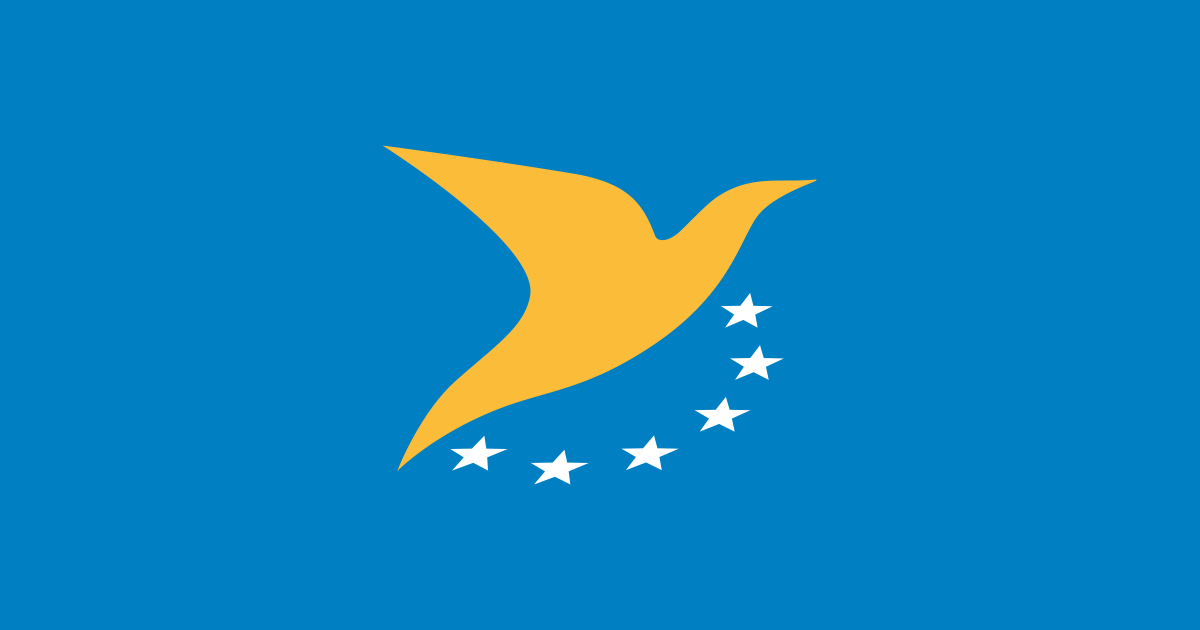- Joined
- Nov 11, 2015
- Messages
- 40
- Reaction score
- 7
- Age
- 82
For those of you, like me, with an interest in drones for photography … take a look at what is coming.
https://s3.amazonaws.com/public-inspection.federalregister.gov/2019-28100.pdf
Unbelievable … 319 pages !!
If they’re going to require ADS-B out for drones, why not make it for any drones flying above 400 ft., or those applying for waivers to fly in controlled airspace …
Imagine what your TCAS will look like when all drones have ADS-B out ??
And what about the problem w. limited numbers of ADS-B towers and little low-altitude coverage .. thousands more towers??
After 12/31/19 you can ‘comment’ on the proposed rule here: Public Inspection: Remote Identification of Unmanned Aircraft Systems
I urge you to pass this around, and consider commenting …
https://s3.amazonaws.com/public-inspection.federalregister.gov/2019-28100.pdf
Unbelievable … 319 pages !!
If they’re going to require ADS-B out for drones, why not make it for any drones flying above 400 ft., or those applying for waivers to fly in controlled airspace …
Imagine what your TCAS will look like when all drones have ADS-B out ??
And what about the problem w. limited numbers of ADS-B towers and little low-altitude coverage .. thousands more towers??
After 12/31/19 you can ‘comment’ on the proposed rule here: Public Inspection: Remote Identification of Unmanned Aircraft Systems
I urge you to pass this around, and consider commenting …




